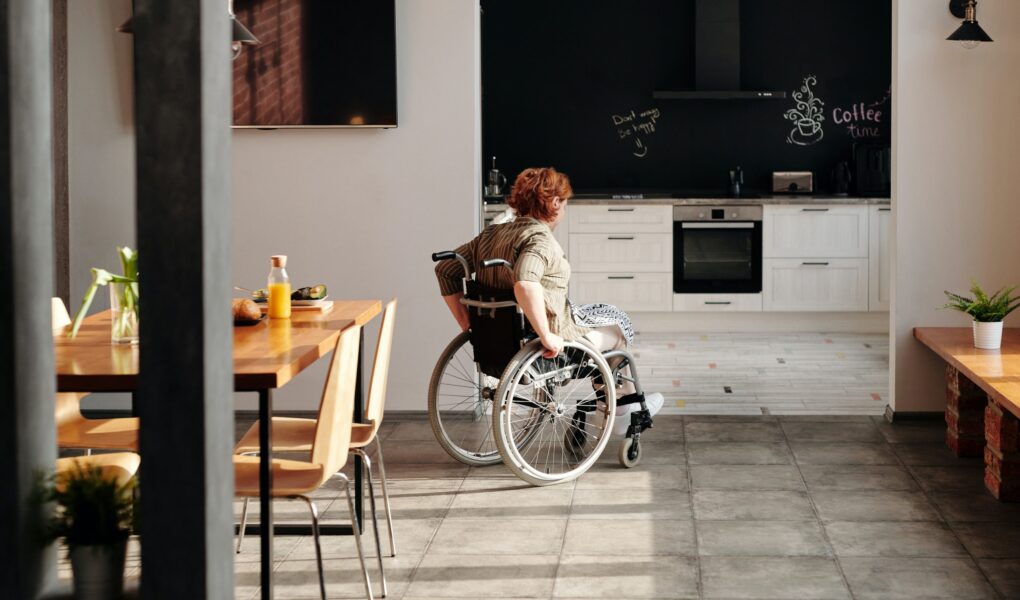Making a home more wheelchair-friendly helps improve safety, comfort, and independence for people with mobility challenges. Whether you’re making changes for yourself, or a loved one, or planning for the future, the right adjustments can make everyday life easier. Here are some key tips to help you create a more accessible home.
Why Accessibility Is Important
Many homes are not built with wheelchair users in mind. Narrow doorways, tight hallways, stairs, and uneven surfaces can make moving around difficult and sometimes unsafe. For those using a folding wheelchair, some challenges may be reduced, but adapting your home still means removing these barriers, allowing people to move freely and independently. It also makes the space more inclusive and comfortable for everyone who lives there or visits.
Entryways and Outdoor Access
Start by making it easy to get in and out of the house. Ramps are handy and come in two types: permanent and portable. Permanent ramps are ideal for long-term needs, while portable ones work well in rented homes or for temporary use. If you have stairs outside, a platform lift is a good option, helping users move between levels safely. Adding handrails on ramps and using push-button entry systems can make entry even easier.
Wider Doors and Hallways
Wheelchairs need space to move, so widening narrow doorways is important. Using lever-style door handles instead of round knobs makes it easier for people with limited hand strength. Also, remove high floor thresholds or lower them to avoid bumps and tripping. If space is tight, try sliding or pocket doors to save room and improve flow.
Stairlifts and Homelifts
In homes with more than one floor, you may need a stairlift or a home lift. A stairlift carries users up and down stairs in a seat, but it can be costly and take time to install. A home lift, however, lets users stay in their wheelchairs while moving between floors. It’s usually quicker to install and takes up less space. Uplifts offer the S3 home lift, which fits one wheelchair or up to three people standing, making it ideal for families.
Making Bathrooms Accessible
Bathrooms can be dangerous if not adapted. Walk-in showers with grab bars help prevent falls. Adjustable height sinks and raised toilets make personal care easier and more comfortable.
Kitchen Adjustments
Lower the cabinets and countertops so wheelchair users can reach them. Allow enough open space to move around safely. Consider using induction cooktops with front-facing controls, and sinks with space underneath so wheelchairs can roll in easily.
Choosing the Right Mobility Aids
The best home changes depend on your needs, space, and budget. You might use ramps, lifts, grab bars, adjustable furniture, or automatic doors. Smart home tools, like voice-controlled lights and appliances, can add extra ease. A home lift is a great option for long-term mobility at home.
Help with Costs
Making a home accessible can be costly, but grants like the Disabled Facilities Grant are available through your local council. Also, check with local charities and housing programs to see what help you can get.




